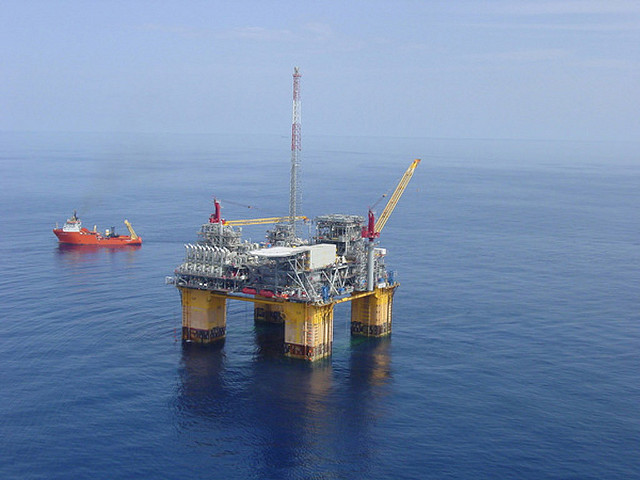If nothing else, Covid-19 mitigation measures will contribute to a higher-than-usual spike in seasonal natural gas prices this winter, according to the U.S. Energy Information Administration (EIA), adding that long-distressed gas producers are likely to see prices improve throughout 2021.
In its Short Term Energy Outlook, released on Oct. 6, the EIA concluded that people largely working and studying from home in tandem with forecasts for colder winter temperatures with will cause spot prices on the Henry Hub benchmark to jump to a monthly average of $3.38/MMBtu in January. In the longer term, prices are expected to average $3.13/MMBtu throughout 2021, up from around $2.07/MMBtu for 2020, according to the EIA.
The EIA expects the U.S. to exit 2020 with annual dry gas production averaging around 90.6 Bcfd, down from an average of 93.1 Bcfd in 2019. The Gulf of Mexico, which accounts for 5% of domestic gas production, had delivered 528,480,730 Mcf through Oct. 5, compared to a total of 1,034,200,865 Mcf for all of 2019, according to U.S. Bureau of Safety and Environmental Enforcement (BSEE) data. Significant offshore production was affected during this year’s atypically active hurricane season, with no less than seven named storms forcing operators to frequently shut-in producing wells.
Of particular interest to the Gulf Coast, the EIA predicts that U.S. liquefied natural gas (LNG) exports would return to pre-pandemic levels this winter, averaging more than 9.0 Bcfd from December through February. Shipments to international markets averaged 4.9 Bcfd in September, up 1.2 Bcfd from the month before.
As of now, six LNG export terminals are operational in the U.S., including four on the Texas and Louisiana coasts, one off Georgia and one off Chesapeake Bay in Maryland. With the start-up of a third train in August, Sempra Energy is at full operational capacity at its Cameron LNG facility in Hackberry, La., which has exported more than six million tonnes of LNG since beginning operation in August 2019.
Along with renewables, gas will play a more prominent role in the energy mix as operators look to meet societal demands for cleaner power sources. “Since 2005, the amount of natural gas used to generate power in the U.S. has increased at a rate that is 2.8 times that of coal,” Kim McHugh, Chevron vice president of drilling and completions, said at a virtual International Association of Drilling Contractors (IADC) technology forum in September. “That’s the primary reason that U.S. carbon emissions from energy-related production are about 14% lower than they were in 2005.”





